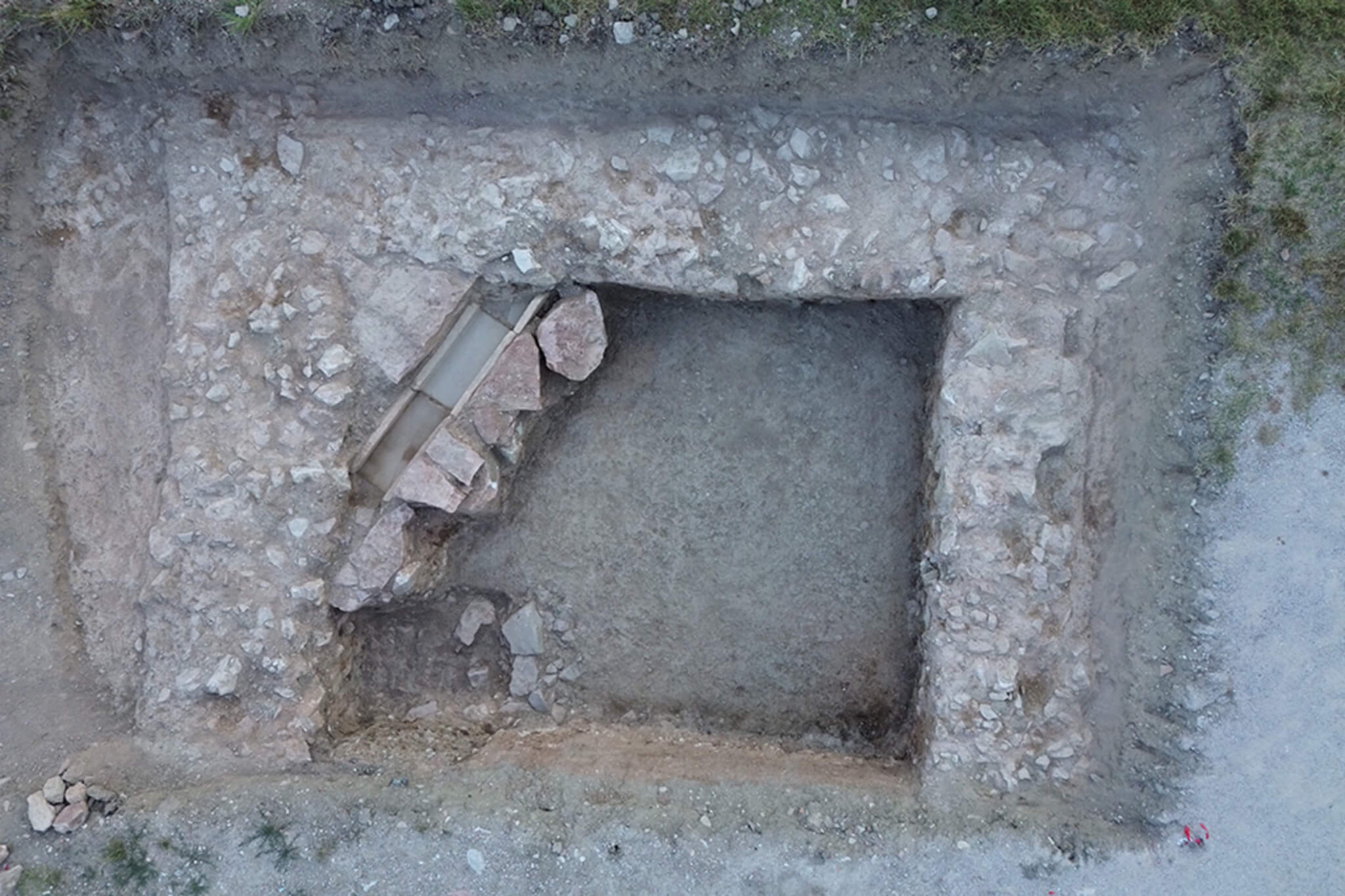ST. LOUIS- Beneath the modern streets of Italy, hidden beneath a parking lot, lies a discovery that challenges our understanding of one of history’s crucial transitions: the Roman Empire’s shift from paganism to Christianity. This revelation, made by American researchers, uncovers an ancient temple dating from the time of Constantine the Great, the first Christian emperor of Rome.
Their findings offer profound insight into an era of cultural and religious flux, revealing a more “multicultural” society than previously thought.
At the heart of this discovery is Saint Louis University Professor Douglas Boin, an expert on ancient Roman religious transitions. The discovery includes three ancient walls, which are likely part of a temple dedicated to imperial worship. This temple, located in the town of Spello, is today considered the greatest testimony to the practice of imperial worship in Italy from the 4th century and its end. Roman Empire.
Boin’s team, including Dr. Letizia Ceccarelli of Politecnico di Milano, made the monumental discovery during a summer excavation. They revealed their findings at the annual meeting of the Archaeological Institute of America.
“We found three walls of a monumental structure which, according to evidence, belonged to a Roman temple this dates from the period of Constantine,” Boin said in a statement, highlighting the temple’s potential to reshape our understanding of the social and religious landscape of the late Roman Empire. “It would be a remarkable addition to the landscape of this corner of Italy. It will greatly facilitate the understanding of the ancient city, the ancient cityscape and the urban society of the late Roman Empire, as it shows the continuities between the classical pagan world and the early Christian Roman world that are often blurred or erased from the broad historical context. stories. »
What led Boin to the ruins of the Roman Empire?
Boin was drawn to Spello, a famous medieval hilltop town, by a rescript – a 4th-century letter from the Emperor Constantine to the townspeople. This letter, discovered in the 18th century, revealed a fascinating aspect of multicultural Roman society. This allowed the inhabitants of Spello to celebrate a Religious festival in their own city, but with one important condition: they had to erect a temple to Constantine’s divine ancestors, the Flavian family, and venerate them.
The discovery of the temple provides concrete evidence of religious continuity between the Roman and early Christian worlds, challenging the idea that societal changes were abrupt. Boin explains: “Things didn’t change overnight. Before our discovery, we never had the impression that there were actual physical and religious sites associated with this latter “imperial worship practice.”

The journey to this discovery was arduous. Professor Boin and his team relied on underground imaging to locate potential ruins under a parking lot. Their perseverance paid off and uncovered what is believed to be the interior walls of the temple. According to Professor Boin, this temple is the most significant evidence of imperial worship in 4th-century Italy and the end of the Roman Empire.
“The continuing power of pagan traditions”
Boin’s discovery rewrites the story of the changing Roman Empire to Christianity. Although Emperor Constantine is known for his conversion to Christianity, it took almost 70 years for Christianity to become the official religion under Emperor Theodosius. This temple highlights the gradual and complex nature of societal change, highlighting the persistence of pagan traditions alongside the rise of Christianity.
“This building, in a very radical way, shows us the persistence of pagan traditions…and it shows us how the Roman emperors continued to negotiate their own values, their own hopes and dreams for the future of the emperor and the ‘Empire without overthrowing or burying the past,’ Boin reflects on the significance of the discovery.
Excavations of the full temple are the next step on Professor Boin’s agenda, promising to further illuminate the nuances of this cultural shift.
“We’re about to give people a very visible piece of evidence that really shakes up the neat and tidy way that people think about big moments of cultural change,” he says. “Cultural changes are never as big as we think when we experience them, and there are many gray areas between people’s customs and wider society. society and culture.”


